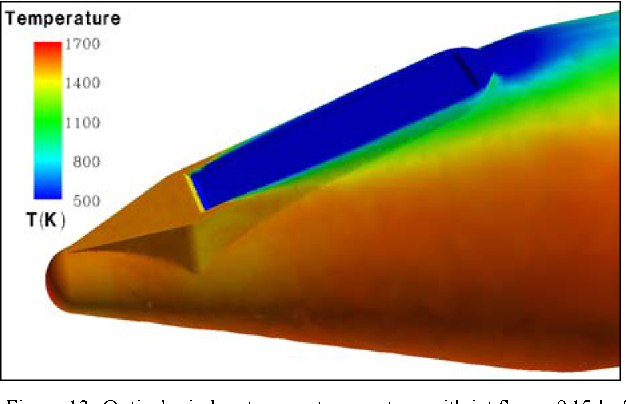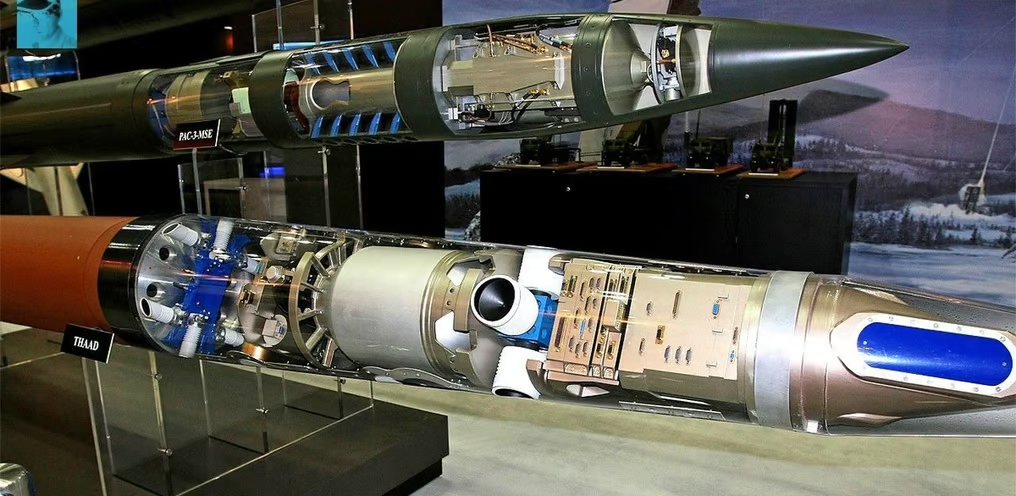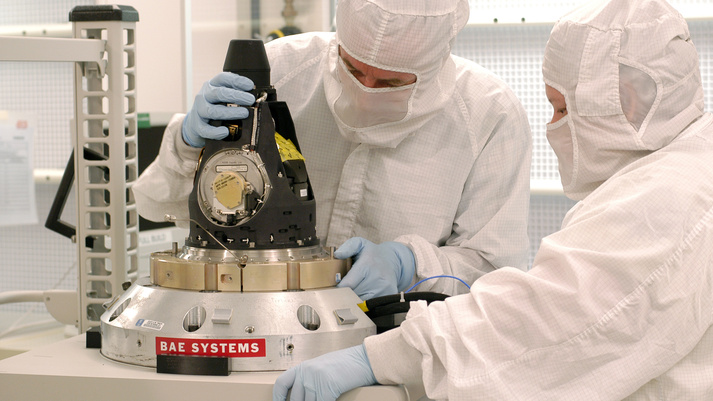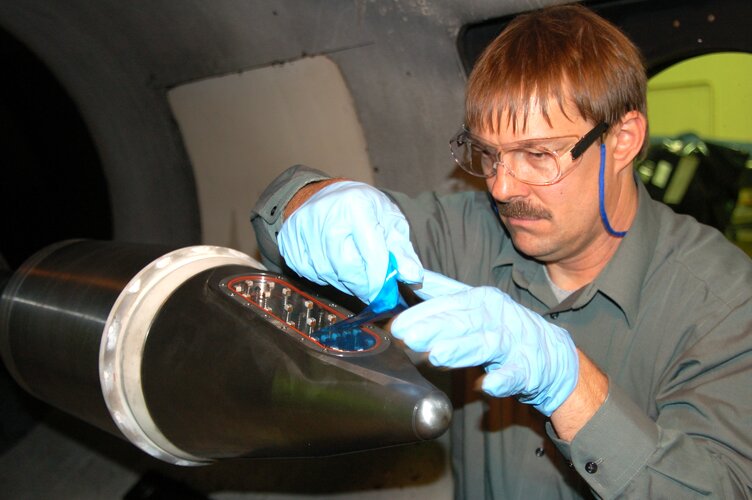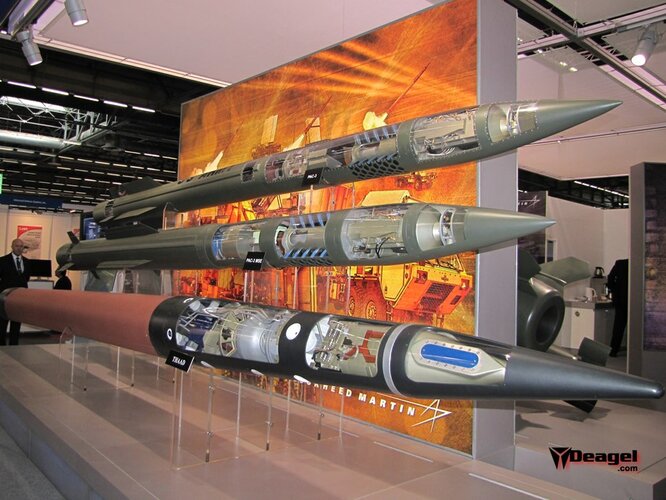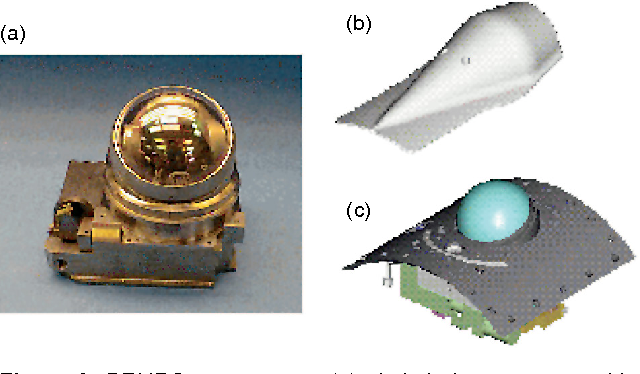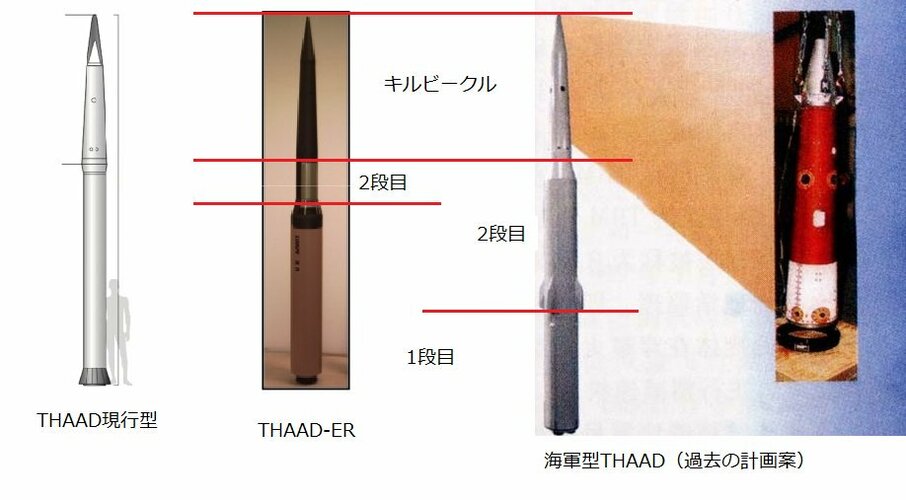- Joined
- 3 June 2011
- Messages
- 17,396
- Reaction score
- 9,181
It was certainly before THAAD but ERIS was an exoatmospheric KKV (it's in the name; Exoatmospheric Reentry-vehicle Interceptor Subsystem, or ERIS). It had no endoatmospheric capability. KITE and AIT fed into THAAD.According to the wikipedia article ERIS was a precursor for both the THAAD and GBI interceptors.

"Funded concurrently with the ERIS, the HEDI program looked to develop technology for a ground launched endoatmospheric component of a layered defense architecture.55 HEDI interceptors were to defeat missiles at the end of their midcourse and into the terminal phase of flight. While no intercepts were attempted, HEDI technology contributed to what is now known as the Terminal High Altitude Area Defense (THAAD) system."
Last edited:


